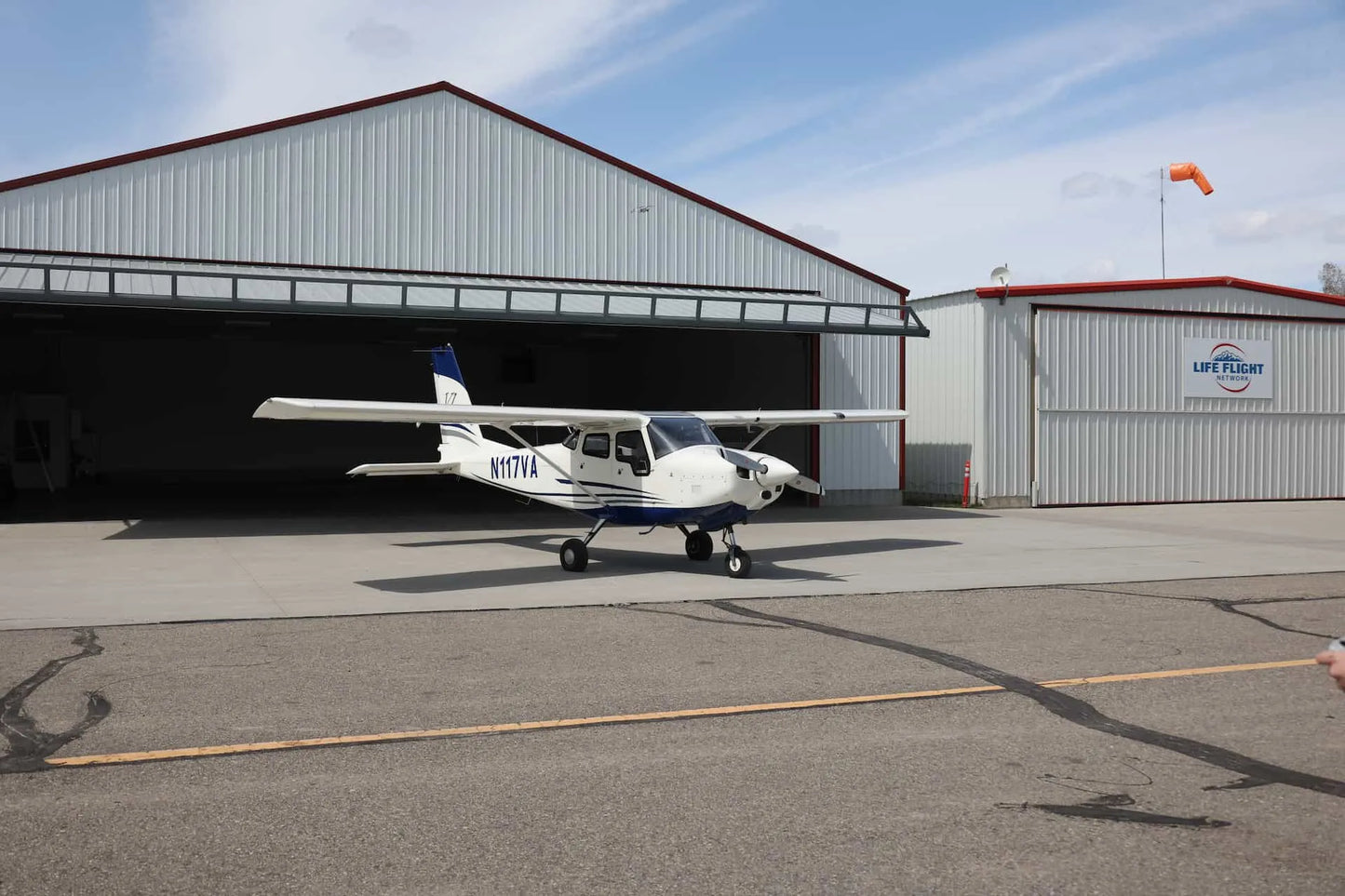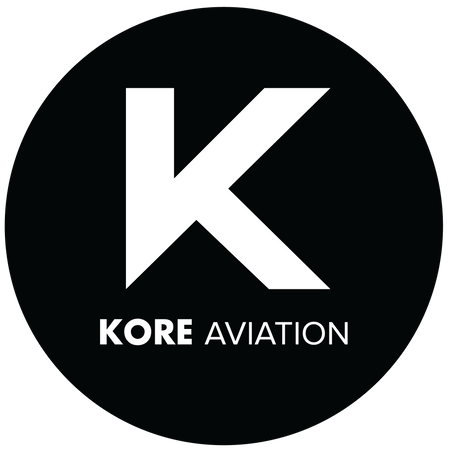
Kore Aviation - If you are looking into pilot training, you have probably come across the terms Part 61 vs 141. But what exactly do they mean? And more importantly, what is the difference between Part 61 and 141 ATP programs?
These two FAA-approved paths to becoming a pilot offer different learning environments and requirements. Understanding how they work will help you choose the one that matches your goals, availability, and budget.
What Are Part 61 and Part 141?
Part 61 and Part 141 refer to the Federal Aviation Regulations that guide how flight training is delivered in the United States.
What is Part 61?
Under Part 61, training is done at your own pace through an independent instructor or flight school. There is no set schedule or strict lesson order. The focus is on personalized instruction, and the student can progress as fast or slow as they need to.
What is Part 141?
Part 141 is for structured flight schools that are approved by the FAA. These schools must follow an official curriculum, meet quality standards, and are subject to FAA audits. Students go through a detailed training program with regular checks and evaluations.
Read More: How Long Does It Take to Become a Pilot?
Minimum Flight Hours: A Clear Comparison
The FAA requires different minimum hours for each path, depending on the license.
| License Type | Part 61 Minimum Hours | Part 141 Minimum Hours |
|---|---|---|
| Private Pilot License | 40 hours | 35 hours |
| Instrument Rating | 50 hours of cross country plus 40 instrument | 35 hours total |
| Commercial Pilot License | 250 hours | 190 hours |
While Part 141 requires fewer minimum hours, actual training time may still go over due to student proficiency needs.
Training Style and Flexibility
Part 61 Training Style
- Custom pace and schedule
- Ideal for working adults or part-time students
- Lessons can be adjusted to fit individual learning styles
Part 141 Training Style
- Follows a strict syllabus approved by the FAA
- Requires classroom ground school and flight stages
- Best suited for full-time students or future airline pilots
FAA Oversight and Compliance
Schools that train under Part 141 are regularly inspected by the FAA. They must maintain up-to-date records, approved syllabi, and qualified instructors.
Part 61 instructors are still FAA-certified, but the schools are not required to go through the same level of inspection and documentation.
Discover More: How Hard Is It to Become a Pilot?
Part 61 vs 141: Which Is Best for You?
Choosing between Part 61 and 141 depends on your schedule, learning preferences, and career goals.
Go with Part 61 if:
- You want to learn at your own pace
- You work full-time or have other commitments
- You value one-on-one instruction over structured classrooms
Choose Part 141 if:
- You are pursuing aviation as a full-time career
- You plan to use the GI Bill or are an international student needing a visa
- You want a structured, classroom-based program
Are you beginning your flight journey? Make sure your communication is sharp with the right gear.
Discover More: Which Aviation Headset Is Right for Beginner Student Pilots?
Help You Decide: Part 61 vs 141 in 5 Steps
- Define your goals – Recreational or professional career?
- Check your availability – Full-time or balancing work/study?
- Assess learning style – Prefer flexibility or structured progression?
- Understand cost implications – More hours vs fixed packages?
- Check eligibility requirements – Especially for international students needing Part 141 for visa compliance
FAQs on Part 61 vs 141
-
Is one path better than the other?
Not really. They both lead to the same pilot licenses. The better path depends on how you prefer to learn and how quickly you want to finish training. -
Can I switch from Part 61 to 141 later?
Yes, but the new school may evaluate which of your logged hours are accepted toward their program. -
Do airlines prefer one type over the other?
Airlines care more about total hours, skills, and professionalism than which training path you took. -
Is Part 141 faster?
In theory, yes, since fewer hours are required. But student skill levels often influence how long it actually takes to finish. -
Can I use Part 141 training for visa or military funding?
Yes. Many international students and veterans train under Part 141 to qualify for visas or educational funding -
Does Part 61 cost less?
Not always. More hours can mean higher total training costs even with lower hourly rates. -
Which path is best for international students?
Part 141 is required for M-1 visas. It also provides structured FAA recognition
Final Thoughts and Call to Action
Understanding Part 61 vs 141 is essential before you choose your flight school. Each path offers valid, FAA-approved training. What matters most is finding a program that fits your time, budget, and personal learning style.
Need help choosing your headset as a new student pilot? Explore Kore Aviation's selection today to stay clear, comfortable, and connected in the air.
